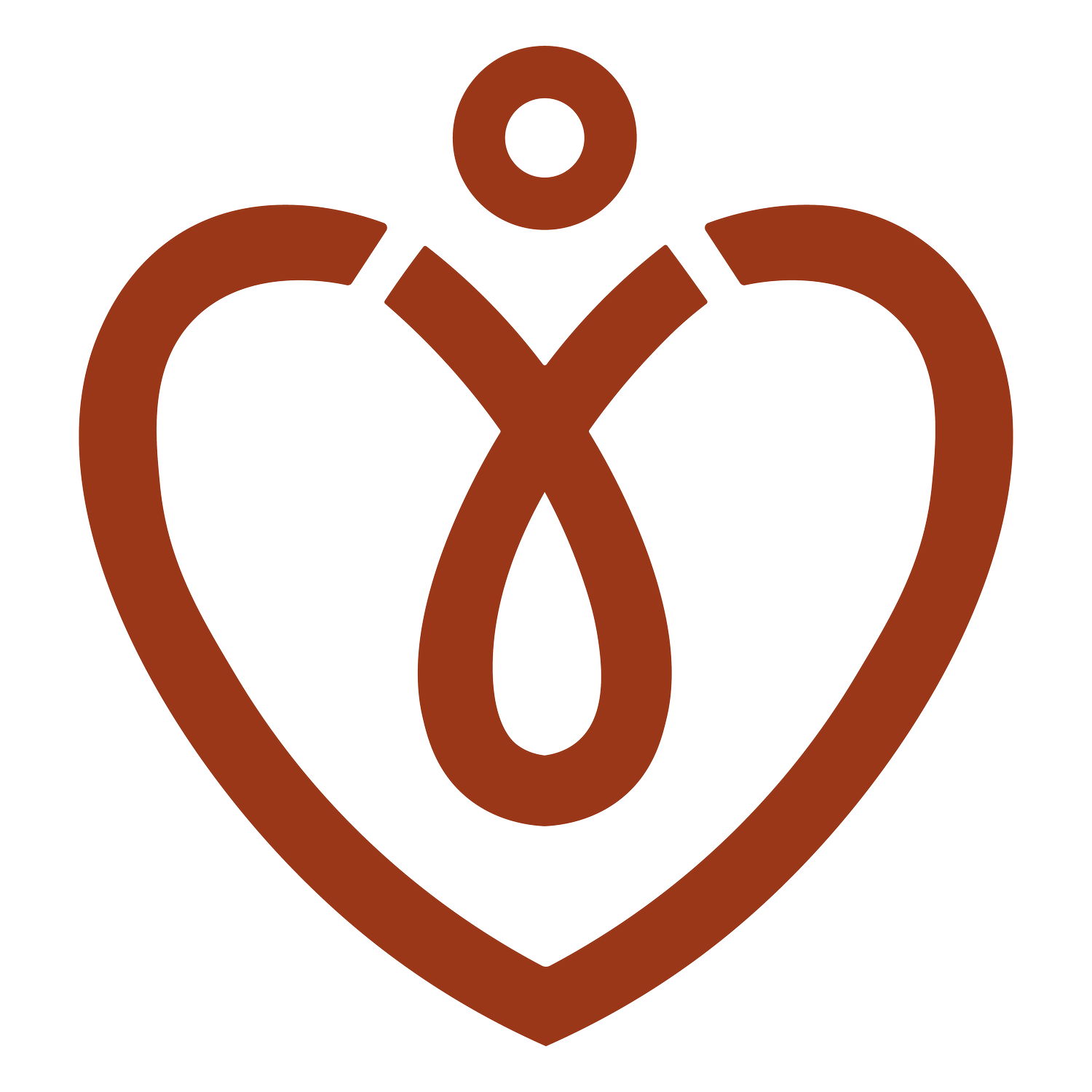Autism & Anorexia: When Masking Looks Like Restriction, and Recovery Feels Unsafe
by Dr. Marianne Miller, LMFT, offering eating disorder therapy for autism and anorexia in-person in San Diego, and virtually throughout CA, TX, and DC.
What if restriction isn’t about
weight ?
What if restrictive behaviors instead reflect a way to survive a world that overwhelms your nervous system?
For many autistic people, anorexia is misunderstood. It’s not always about thinness or body image. Restriction can serve as a way to manage sensory overload, social pressure, and the exhausting demands of masking.
In traditional eating disorder treatment spaces, these nuances are often missed. The result is that recovery feels unsafe, especially for people who hold multiple marginalized identities. This blog post explores how autism and anorexia overlap, how masking can look like restriction, and what kind of care truly supports autistic individuals in recovery.
How Autism and Anorexia Intersect
Autism is widely underdiagnosed, especially in people who are AFAB (assigned female at birth), as well as those who are BIPOC, fat, disabled, queer, or trans. Many autistic traits, such as alexithymia, sensory sensitivities, executive functioning challenges, and monotropism, are often misunderstood or dismissed.
These traits shape how someone experiences hunger, fullness, food textures, meal preparation, and body awareness. For many autistic individuals, what starts as an attempt to navigate a chaotic or overwhelming environment becomes enmeshed with restrictive eating patterns.
When restriction gets reinforced by diet culture and social approval, it can take on the structure and language of anorexia, even if it emerged from a completely different root system.
Masking Can Look Like Restriction
Masking is the act of suppressing autistic traits in order to appear more neurotypical. This can include forcing eye contact, hiding stimming, scripting conversations, or pretending that overwhelming environments feel fine.
Masking often extends to food. Some autistic people restrict what, when, and how they eat in order to avoid attention, social eating situations, or foods that are overstimulating. In many cases, restriction becomes a part of the mask, reinforced by cultural praise for restraint, thinness, and "self-control."
Over time, this can evolve into an eating disorder that looks like anorexia but is rooted in masking and sensory overload rather than body image concerns.
Why Traditional Eating Recovery Often Feels Unsafe
Many treatment spaces are built around neurotypical expectations. They may serve unfamiliar or sensory-overloading meals, expect spontaneous verbal participation in groups, or offer rigid meal structures without sensory accommodations.
For autistic individuals, these settings can feel distressing rather than healing. Recovery approaches that ignore sensory profiles, executive functioning challenges, and communication preferences often recreate the same experiences that led to masking and restriction in the first place.
Unmasking Comes With Risk
Unmasking can feel terrifying, especially in recovery. Letting go of restriction may also mean allowing yourself to stim, take breaks, speak differently, or express discomfort in ways that aren’t always accepted in clinical settings.
For those who are BIPOC, fat, disabled, queer, or trans, the risk is even greater. Masking is often about safety, and unmasking can lead to real-world harm, invalidation, or increased exposure to discrimination.
Recovery cannot be effective unless it accounts for intersectionality. Treatment needs to be culturally responsive, fat-affirming, trauma-informed, and gender-affirming, or it will continue to be unsafe for many autistic people.
ARFID and Anorexia Can Coexist
Many autistic people live with ARFID (Avoidant/Restrictive Food Intake Disorder), which often overlaps with anorexia. ARFID may be driven by sensory sensitivities or fear of certain eating experiences, while anorexia involves a relationship with body image, control, or self-denial.
These two conditions can coexist and reinforce one another. Without proper understanding of this overlap, treatment can easily miss the mark, pushing foods too quickly or misunderstanding why certain types of restriction exist.
What Neurodivergent-Affirming Recovery Looks Like
Recovery for autistic individuals must go beyond meal plans and behavior tracking. It should include:
Sensory-safe food options that honor texture and flavor preferences
Flexible communication approaches, including written prompts or processing time
Respect for routines rather than labeling them as rigidity
Normalization of stimming, headphones, and other regulation tools
Cultural humility and intersectional support
Autistic people should not have to choose between masking their traits or being denied care. Recovery becomes possible when the environment adapts to the individual, not the other way around.
Learn More with the ARFID and Selective Eating Course
If you or someone you love is autistic and struggles with food avoidance, sensory-based restriction, or experiences both ARFID and anorexia, support is available.
Dr. Marianne Miller created a self-paced ARFID and Selective Eating Course that centers neurodivergent-affirming, trauma-informed, and sensory-attuned care. This course supports both individuals and clinicians in understanding how to approach eating difficulties with nuance and compassion.
👉 Visit www.drmariannemiller.com/arfid to learn more.




